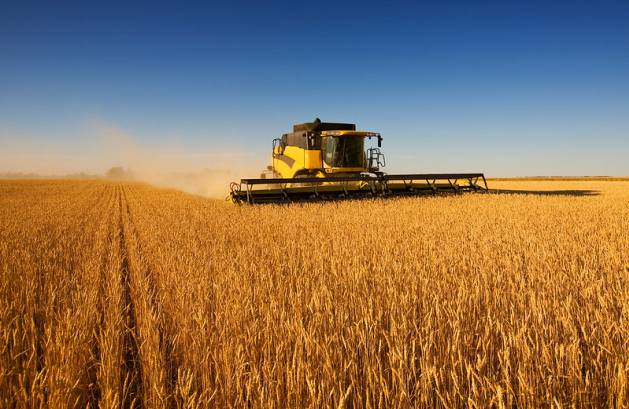The World Was Already Broken. Shall Ukrainian Cereals Fix It Up? — Global Issues
MADRID, Jul 28 (IPS) – A wide majority, including the United States, has cheered the 22 July Turkey-brooked agreement between Russia and Ukraine to resumen cereals and fertilisers exports from both countries.
Such exports had been stopped since last February due to the ongoing proxy war in Ukraine, on the one hand, and the successive United States-led Western sanctions imposed on Russia.
The Istanbul agreement is projected to allow both countries to release their cereals and fertilisers exports, under UN and international supervision.
The accord is projected to release around five million tons of Ukrainian cereals per month. Considering this country’s cereals exports used to amount to some 45 million tons a year, the reached agreement would mean that Ukraine will export much more now than before the war: 60 million tons per year.
Anyway…
But if you look at the global figures, you may wonder if such agreement suffices to fix up the disproportionate rise of the prices of food products all over the globe. Unless such a rise is also driven by a high-tide of profit-making speculations, the resumed exports do not appear like a miraculous solution.
Ukraine is not the world’s single grain producer. Nor is it the Planet’s largest grain exporter. In fact, Ukraine represents 10% of the global supply.
The same applies to Russia, which will also resume its cereal exports in virtue of the Istanbul agreement. With around 118 million tons a year, Russia ranks fourth in the world’s list of the world’s top producers.
The big producers
The largest one, China, with over 620 million tons, generates more than four-fold the total Russian production.
The United States, with 476 million tons, is the world’s second largest cereal producer, nearly three-fold what Russia produces.
Then you have the European Union, with 275 million tons. France alone produces some 63 million tons. Canada produces more than 58 million tons. Other major cereals producers are India, Brazil, Argentina, and Australia.
Are Western politicians and mainstream media really accurate when they continue repeating that the world’s food markets have collapsed just due to the ongoing proxy war in Ukraine?
The future is compromised
Meanwhile, a joint study by the UN Food and Agriculture Organization (FAO) and the Organisation for Economic Cooperation and Development (OECD), makes immediate and future projections.
Over the next decade, the study reports, cereal production is expected to increase by 336 million tons, reflecting gains made primarily in major grain-producing countries.
More than 50% of the “global production increase in wheat” will come from India, Russia, and Ukraine. For maize, the United States, China, and Brazil will account for more than half of the expected production growth.
Concerning maize, the United States will remain the leading exporter, followed by Brazil, Ukraine, Argentina, and Russia. The European Union, Australia, and the Black Sea region are expected to continue to be the main exporters of other coarse grains.
Also India, Viet Nam and Thailand will continue to lead global rice trade, while Cambodia and Myanmar are expected to play an increasingly important role in global rice exports.
Severe drought in Europe
There are other key facts about the current world food crisis. One of them is the European Commission warning that the European Union’s food production and exports is at risk due to “severe droughts,” “severe precipitation deficit,” “reduced stored water volume,” and “high competition for water resources,” among other facts.
In short, neither Ukraine’s nor Russia’s exports should be blamed for having created such a devastating food shortage all over the whole globe, nor the sharpest rise in food prices, let alone the steady, alarming increase in inflation rates.
And anyway, much earlier than the Ukraine war, the world was already facing an unprecedented crisis. For instance, more than four years ago, climate emergency driven drought has been hitting East African countries, causing a devastating famine.
The situation
As defined by a number of international organisations, the world has long been facing a “perfect storm” of climate disasters and conflicts.
Here you are some examples:
The above mentioned ones are just a few indicative examples showing how the world was already broken before the Ukraine war.
It goes without saying that all wars are criminal, all of them, no matter who or on whom.
Meanwhile, the human suicidal war on Nature continues unrelented; the limitless greed and voracious profit-making further go on, as it do the sluagherting of the world’s most vulnebrables’ basic human rights, including the right to stay alive.
© Inter Press Service (2022) — All Rights ReservedOriginal source: Inter Press Service
Check out our Latest News and Follow us at Facebook
Original Source






